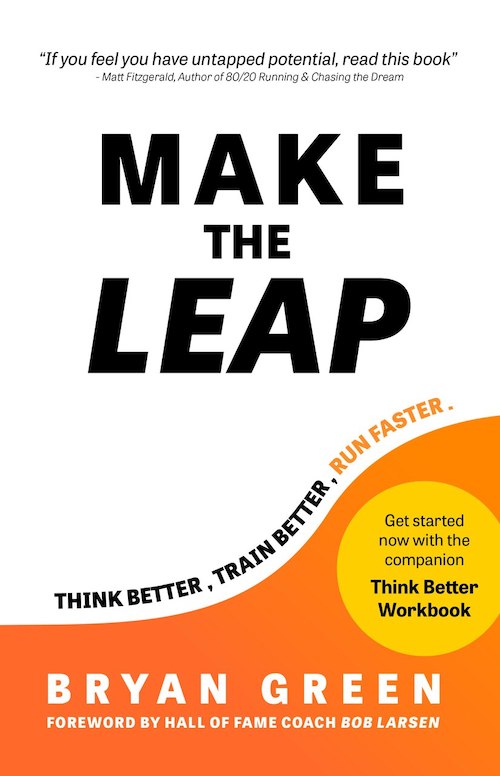Whether you’re striving to beat your personal best in a 5K, training for a half marathon, or simply aiming to power through a high-intensity interval training (HIIT) session without feeling drained after the first few reps, there’s one key component of fitness you need to focus on: building endurance.
Endurance isn’t just about logging miles on a treadmill or cycling for hours. In fact, there are two distinct types of endurance that you should consider when developing your fitness: cardiorespiratory endurance and muscular endurance.

Cardiorespiratory endurance refers to your ability to sustain prolonged aerobic activities—like running a marathon—while muscular endurance is about your muscles’ capacity to repeatedly exert force over an extended period of time, such as completing multiple reps of an exercise or holding a plank. By focusing on both, you’ll become more resilient in your workouts and everyday activities, whether it’s climbing stairs, lifting heavy objects, or maintaining good posture throughout the day.
Beyond fitness, enhancing your endurance brings a host of long-term health benefits, including improved metabolism, a lower risk of heart disease, and even a longer life, according to research published in Breathe. Ready to start boosting your stamina? Here are seven expert-backed strategies to help you enhance endurance and crush your next challenge:
1. Maximize Time Under Tension in Resistance Training
When performing resistance exercises—whether with bodyweight, resistance bands, or free weights—shift your focus from lifting heavy (aiming for fewer than eight reps) to increasing the volume of reps with lighter weights. This method, known as “time under tension,” forces your muscles to work for a longer duration, promoting increased endurance over time.
 If you’re looking for variety, consider trying a barre class. According to fitness expert Ashley Verma, founder of Define London Barre, “Barre workouts target muscle endurance by holding positions for prolonged periods.” This not only builds strength but significantly improves muscular stamina.
If you’re looking for variety, consider trying a barre class. According to fitness expert Ashley Verma, founder of Define London Barre, “Barre workouts target muscle endurance by holding positions for prolonged periods.” This not only builds strength but significantly improves muscular stamina.
2. Try Interval Training for Optimal Results
One of the most efficient ways to build endurance is through interval training, which alternates between periods of intense effort and short recovery times. This method pushes both your heart and muscles to become more efficient, enabling you to sustain challenging activities for longer.
Sandrine Cassis, C.P.T., founder of Empowered Fitness, recommends integrating interval workouts two to three times per week. A great starting point is a 40-second work interval followed by a 20-second rest for 20 to 30 minutes. As you progress, increase the work interval to 45 seconds and shorten the rest period to 15 seconds for an even greater endurance boost.
3. Crank Up the Music
A good playlist can be the secret weapon that turns a sluggish workout into an invigorating sweat session. “Curating an environment that inspires movement is one of the best ways to motivate yourself to keep going,” says trainer Michelle Kuhnreich, C.P.T. And science agrees: An Ergonomics study found that runners who listened to faster, louder music while on the treadmill ran quicker, without feeling like they exerted more effort.
 Next time you’re preparing to train, cue up your favorite high-energy songs to keep the motivation and momentum flowing.
Next time you’re preparing to train, cue up your favorite high-energy songs to keep the motivation and momentum flowing.
4. Strengthen Your Core for Better Endurance
A strong core is essential for all endurance activities, as it helps stabilize your body and prevent energy waste during repetitive motions. Trainer Marlene Vale, founder of Marlene Vale Fitness, highlights that a solid core supports efficient movement and can help you conserve energy during the final stretch of a long run, ride, or hike.
To develop core endurance, focus on performing high repetitions (at least 15 per set) of bodyweight or light-weight exercises. The key is to stop just before your form deteriorates to ensure you’re training your core without risking injury.
5. Workout With a Friend for Motivation
Just as a study buddy can make exam preparation more effective, a workout partner can help you push your fitness limits. “Having the motivation and support of a friend can inspire you to challenge both your mental and physical boundaries during a workout,” says Kuhnreich.
 Research shows that exercising with a partner not only increases your accountability but also makes the experience more enjoyable, less stressful, and ultimately more sustainable. Bonus points if your friend is slightly fitter than you: Studies indicate that training with someone more advanced can encourage you to work out harder and longer, building your stamina in the process.
Research shows that exercising with a partner not only increases your accountability but also makes the experience more enjoyable, less stressful, and ultimately more sustainable. Bonus points if your friend is slightly fitter than you: Studies indicate that training with someone more advanced can encourage you to work out harder and longer, building your stamina in the process.

Final Thoughts
Building endurance takes time and consistency, but the rewards extend far beyond just feeling stronger in the gym. By incorporating these techniques into your routine—whether it’s focusing on longer reps, adding cardio intervals, or partnering up with a friend—you’ll improve your physical and mental resilience, making everyday tasks and fitness goals easier to conquer.
Endurance is a journey, not a destination. Keep pushing your limits, stay committed, and remember to enjoy the process—you’ll soon discover just how far you can go!

























